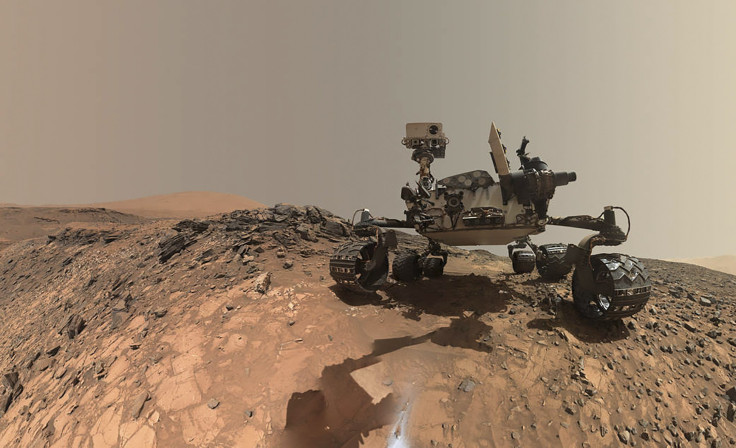Water on Mars: Contamination fears block NASA from using Curiosity rover to enter discovery site

NASA, which recently celebrated the discovery of the strongest evidence of the presence of liquid water on Mars, is now aiming for further investigation to validate its theory. While some experts argue that the Curiosity rover already on the planet should scoop samples on the discovery site, NASA fears it will contaminate the liquid water with bugs from Earth.
NASA’s Curiosity rover has explored just 50 kilometre from one of the sites but the space agency is currently looking for ways to examine the area to find life. However, the use of the vehicle has sparked concerns as it may still carry bugs from Earth that could contaminate the planet.
NASA is also considering the planetary protection conditions, which restricts space agencies from conducting missions on foreign planets that would contaminate its environments.
Every country follows the rules which requires landers searching for life on plantes to be exceptionally clean. Experts say that NASA’s Curiosity rover could still have some bacteria from its 563-million kilometre journey to Mars, which could result in harmful contamination. The said contamination makes the vehicle ineligible to meet the sanitary standards required to visit the discovery site on Mars.
The Curiosity rover has already found evidence of past rivers and age-old lakes on Mars before the recent discovery of seasonal water flows on the Red Planet. Jim Green, the director of planetary science at NASA headquarters, argues that the Curiosity rover should enter the new area as intense radiation on Mars has already killed the bugs on the lander.
However, the U.S. National Academy of Sciences and the European Science Foundation have recently released an analysis indicating that intense radiation might cause just the opposite. “Although the flux of ultraviolet radiation within the Martian atmosphere would be deleterious to most airborne microbes and spores, dust could attenuate this radiation and enhance microbial viability,” News.com.au writes, citing the report.
Andrew Coates, from the University College London’s Mullard space science laboratory, told the Guardian that he expects heated discussions from scientists about the idea of using the Curiosity rover to directly examine the liquid water on Mars.
Design limitations of the Curiosity rover are also considered a hindrance to the exploration issue. The vehicle was only designed to travel 200m per day and to take obstacles up to 65cm high. Without encountering any obstacles, the Curiosity rover, if allowed, would take one year to reach the discovery site, estimate experts.
Contact the writer at feedback@ibtimes.com.au or tell us what you think below




















